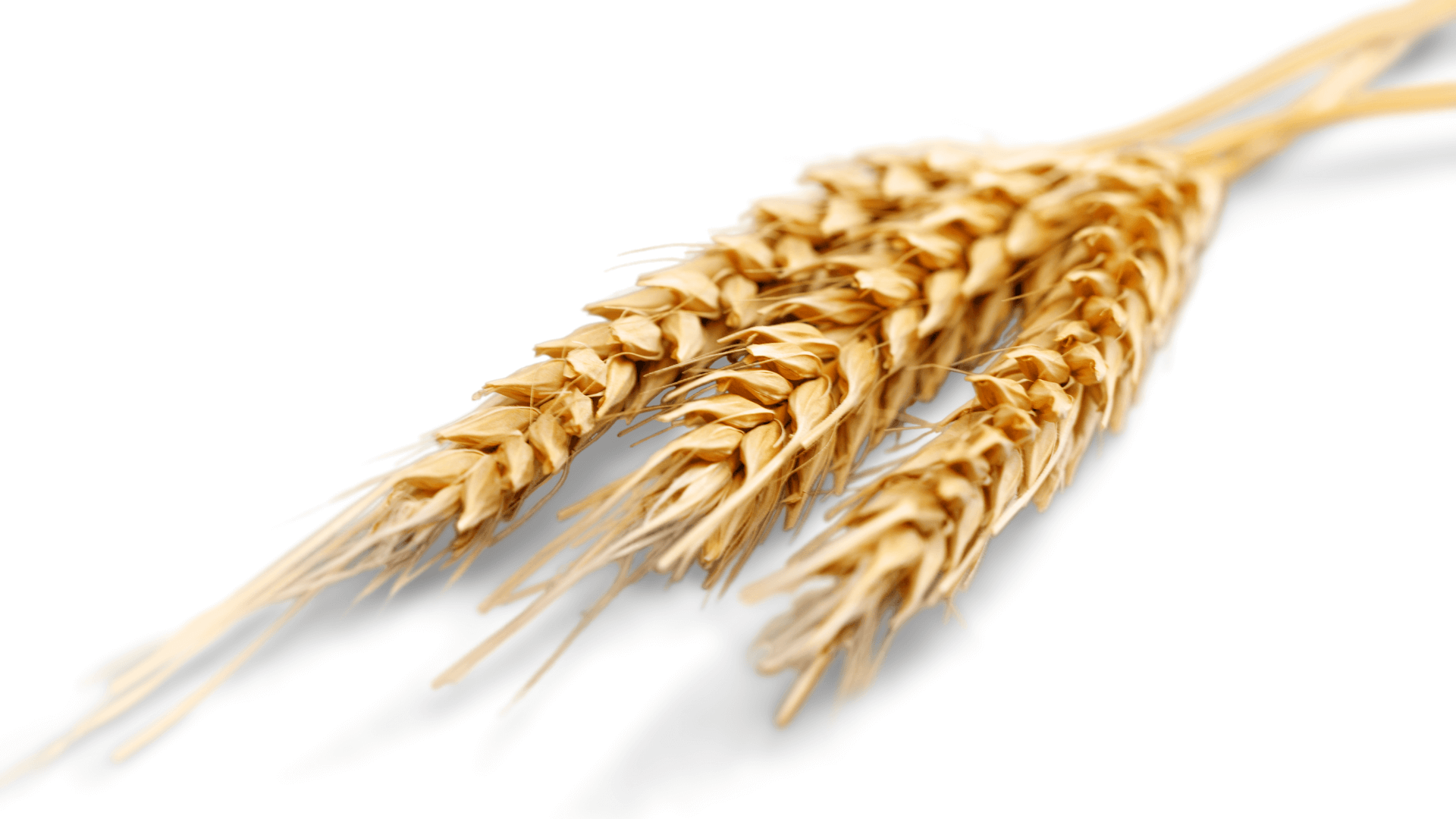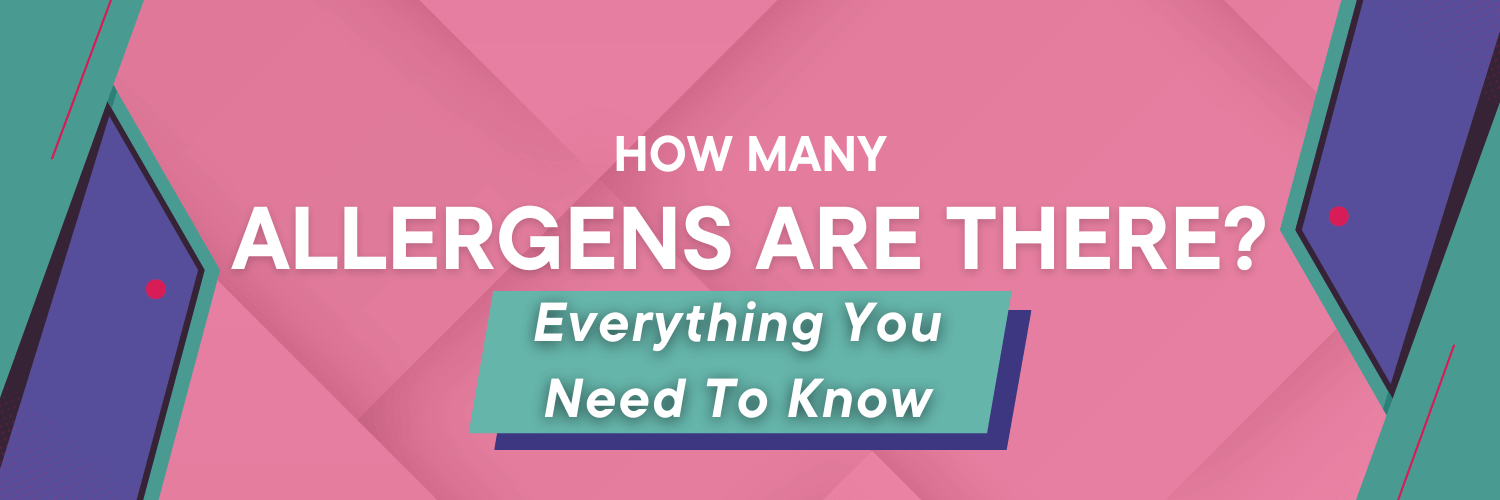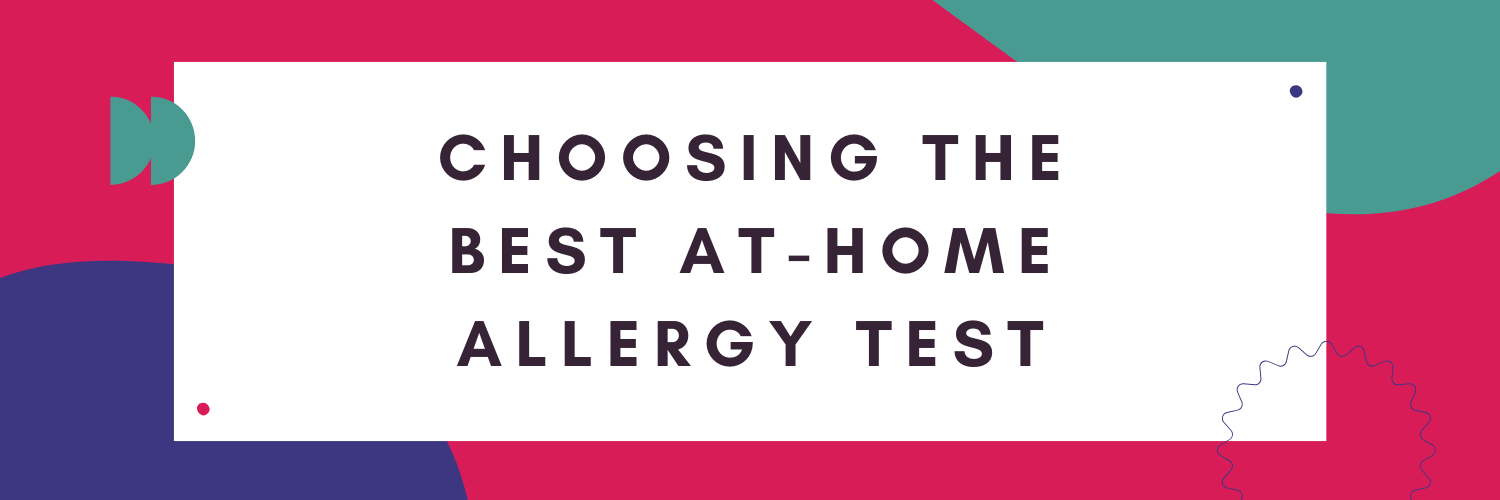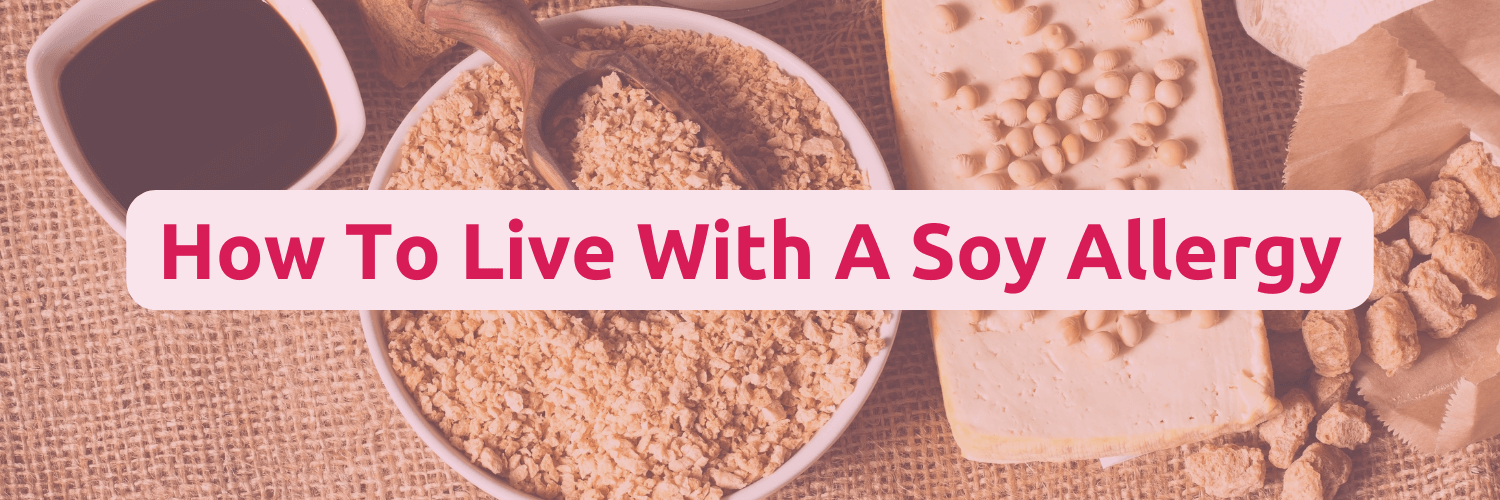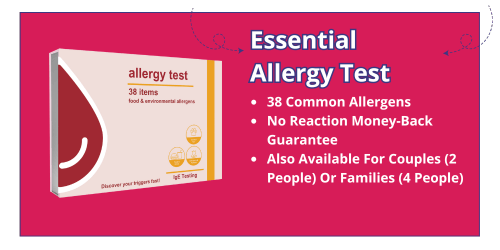Learning that you have a wheat allergy or intolerance can seem daunting at first – it seems hard to get away from in fact – but don’t let it scare you. It’s much simpler to go wheat-free than you might at first think. To show you how easy it is, we’ve got a few quick tips for you below to get you started.
Tips for living with a wheat allergy
Switch up your starchy carbs
First things first, switch up your starchy carbs. Traditional bread and pasta are no-goes for those with a wheat allergy or intolerance. You don’t have to go completely starchless though. Rice and potatoes are great swaps, and they both come in several varieties that you can try out. The most straightforward start to eating a wheat-free diet is to change over to these two as your primary carb source.
Wheat-free bread
If you love your bread too much to give it up completely, you’re in luck! There are plenty of wheat-bread alternatives for you to experiment with. Bread made from rye or barley are good options – though there are several different types of flour being baked into bread nowadays. Thanks to a heightened awareness of gluten-intolerance and wheat allergies, most good supermarkets will stock at least one or two different wheat-free options for you to pick up.
Stick to fresh foods
A lot of pre-packaged food contains wheat. It’s a surprisingly common ingredient. You’ll need to steer clear of processed meats and breaded foods. It’s also crucial that you check the label on any, sauces, gravies, condiments and salad dressings. Because wheat is so common, you must be vigilant in checking for allergens in anything you don’t make from scratch. This could be a good thing, though, as it will encourage you to have more home-cooked meals and indirectly eliminate several additives from your diet.
Swap your cereal for a bowl of oats
Breakfast for many is a few slices of toast or popular cereal brand, but you’ll be having something a little different on your wheat-free diet. If you have a wheat allergy, you’ll be hard-pushed to find a cereal that’s totally wheat-free. It’d be easier to opt for a bowl of oats or wheat-free toast. If porridge every morning sounds a bit dull, it’s because you haven’t been experimenting enough! There are loads of ways you can enjoy oats, from traditional porridge to overnight oats in yoghurt, backing into granola bars, or even a bowl of ‘proats’ (protein powder and oats). You can add spices, nuts, seeds or fruit to any of these options. There’s an endless stream of options with oats. Of course, there’s also eggs and bacon, if you prefer a more high-fat, high-protein start to your day.
Wheat allergy doesn’t mean a boring diet
While it may feel restricting to remove wheat from our diet at first, you’ll realise that switching to home-made gravies, sauces and dressing is much better for you than eating the store-bought stuff. After getting used to knowing which foods do and don’t have wheat in them, you’ll eventually find choosing the wheat-free options. Understanding your food allergies and intolerances is just another part of leading a healthy life, and as we’ve shown above, it’s much easier than you’d think.

